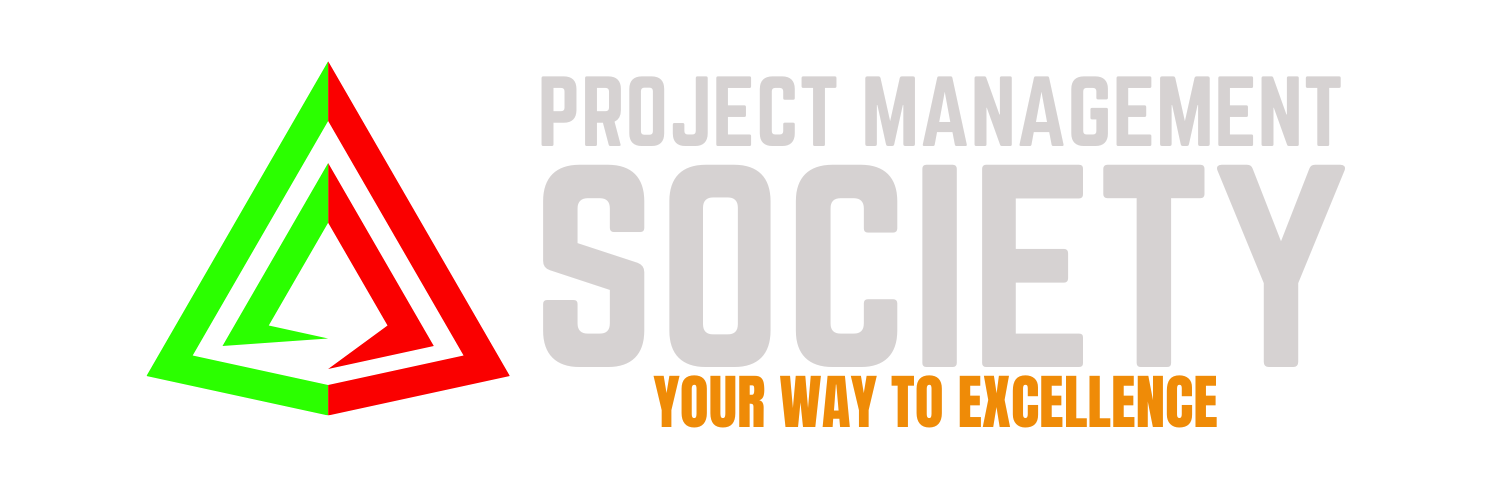 Balancing a project portfolio Maximizing ROI is no easy task. It requires a blend of strategic planning, keen insight, and a dash of flexibility. Let’s dive into the essentials of achieving this balance and explore how you can maximize your ROI.
Balancing a project portfolio Maximizing ROI is no easy task. It requires a blend of strategic planning, keen insight, and a dash of flexibility. Let’s dive into the essentials of achieving this balance and explore how you can maximize your ROI.
Understanding Project Portfolio Management (PPM)
First, let’s get our bearings. Project Portfolio Management (PPM) is the centralized management of multiple projects to achieve strategic objectives. Instead of focusing on individual projects, PPM looks at the bigger picture, ensuring that every project aligns with broader business goals.
CLICK HERE TO DOWNLOAD 300+ PROJECT MANAGEMENT TEMPLATES & DOCUMENTS IN EXCEL
The Importance of Balance
Imagine your project portfolio as an investment portfolio. Just as you wouldn’t put all your money into one stock, you shouldn’t put all your resources into one project. Balancing your portfolio means spreading risk, maximizing opportunities, and ensuring sustainable growth. This balance is critical to achieving the best ROI.
Identifying and Prioritizing Projects
Assessing Value and Risk
Each project in your portfolio has its own value and risk profile. Start by evaluating these aspects:
- Value: What potential benefits does the project offer? This includes financial returns, strategic advantages, and improvements in operational efficiency.
- Risk: What are the uncertainties and challenges? Consider financial risks, market fluctuations, and technical difficulties.

Scoring and Ranking
Use a scoring system to rank projects based on their value and risk. This helps in making objective decisions about which projects to prioritize. Projects with high value and manageable risk should take precedence, but don’t ignore those with high risk if their potential payoff justifies it.
Balancing Resource Allocation
Avoiding Resource Overload
One common mistake is overcommitting resources to high-priority projects. While it’s tempting to throw everything at your top projects, this can lead to burnout and resource shortages elsewhere. Balance is key. Ensure that resources are allocated efficiently across all projects to maintain steady progress.
CLICK HERE TO DOWNLOAD 300+ PROJECT MANAGEMENT TEMPLATES & DOCUMENTS IN EXCEL
Flexibility and Adaptability
Resource needs can change as projects evolve. Stay flexible and be ready to reallocate resources as necessary. This adaptability ensures that your portfolio remains balanced and responsive to new challenges and opportunities.
Monitoring and Adjusting Your Portfolio
Regular Reviews
Periodic reviews are essential. Schedule regular check-ins to assess the progress of each project and the overall health of your portfolio. These reviews provide an opportunity to adjust priorities and reallocate resources based on current performance and future projections.
Using PPM Tools
Leverage PPM tools to track progress, manage resources, and analyze performance data. These tools offer insights that help in making informed decisions, ensuring your portfolio remains balanced and aligned with business goals.
Maximizing ROI through Strategic Alignment
Aligning with Business Objectives
Every project should support your strategic objectives. Whether it’s entering a new market, improving customer satisfaction, or driving innovation, ensure that each project contributes to your overarching goals. This alignment enhances the overall value of your portfolio.
Balancing Short-term Gains and Long-term Goals
It’s important to strike a balance between projects that offer quick wins and those that provide long-term benefits. Short-term gains can boost immediate ROI, but long-term projects often deliver sustained growth. A balanced portfolio includes a mix of both.
Real-world Example: A Case Study
Consider a tech company managing a diverse project portfolio. They included projects aimed at improving their current products (short-term gains) and innovative projects targeting new technologies (long-term goals). By balancing resources and regularly reviewing their portfolio, they managed to achieve substantial ROI growth over five years. Their strategic alignment and adaptability were key factors in their success.
Conclusion: The Path to Maximum ROI
Balancing a project portfolio Maximizing ROI is an ongoing process. It requires continuous evaluation, strategic resource allocation, and a clear alignment with business objectives. By prioritizing projects based on value and risk, ensuring efficient resource use, and staying flexible, you can achieve maximum ROI. Remember, the goal is to create a balanced portfolio that not only meets immediate needs but also drives long-term success.
Achieving this balance is a journey, but with the right approach, the rewards can be significant. So, take a step back, assess your portfolio, and start making those strategic adjustments today. Your ROI will thank you.
